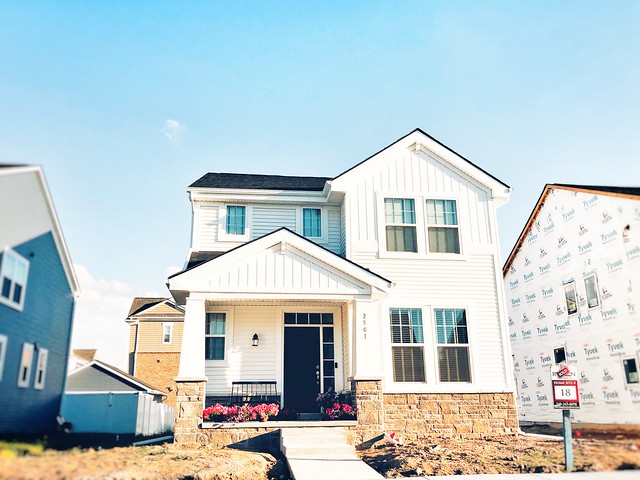Home sellers continued to enjoy healthy profits during the first quarter of 2024, according to new numbers from ATTOM Data Solutions. ATTOM’s first-quarter 2024 U.S. Home Sales Report found the typical home sale during the first three months of this year had a gross profit of $120,500. That’s a bigger profit than has been seen during most of the past 10 years but also the lowest it’s been since mid-2021. Rob Barber, ATTOM’s CEO, says profits have been trending smaller. “The latest price and profit numbers show notably downward trends, which raises new questions about whether the housing-market boom is indeed ebbing, or even ending after so many years of improvement,” Barber said. “But due caution is needed in looking at the first-quarter data and what the patterns mean. We saw a similar downward pattern from late 2022 into early 2023, and then the market surged.” Barber says profit margins are still very high by historical standards and the spring season will help determine whether or not the “market still has steam in its engine.” (source)













